09
Nov
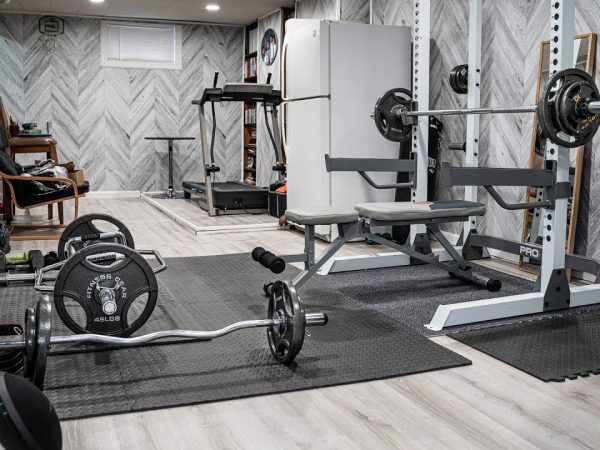
As if the increase of sedentary time in both adults and the youth weren’t enough, these past 2 years we’ve been struggling to get up and get going. The lockdowns seem to be neverending. The same can’t be said for our motivation to exercise. So, if we can’t go to the gym, it’s about time we bring it to us.
Setting up a proper home gym is not just about picking the right home barbell or weights. Yes, the Plyo box and yoga mat matter but you first need to think of the place you’ll want to spend your exercise hours. Find the right spot, design setup and storage.
Where and how you set up your home gym is key to how often you’ll exercise, said Dr Catherine Sabiston, of the North American Society for the Psychology of Sport and Physical Activity. If you choose an uninviting space for your home gym, like your basement, chances are you won’t be motivated to visit it. Who would want to break a sweat in a dark room with no airflow? The more natural light, the brighter your workout space is, the better. Your outdoor area would be ideal but if you live in a flat, you might be surprised that your balcony can serve as a workout space, or at least a storage one.
Speaking of which, storage is pivotal in order for you to not get frustrated with all the time you use while setting up and taking apart your gym.
You might also consider a more radical solution and create a workout space in your main living area. Also, many people have a guest room but how often do you have a guest overnight?
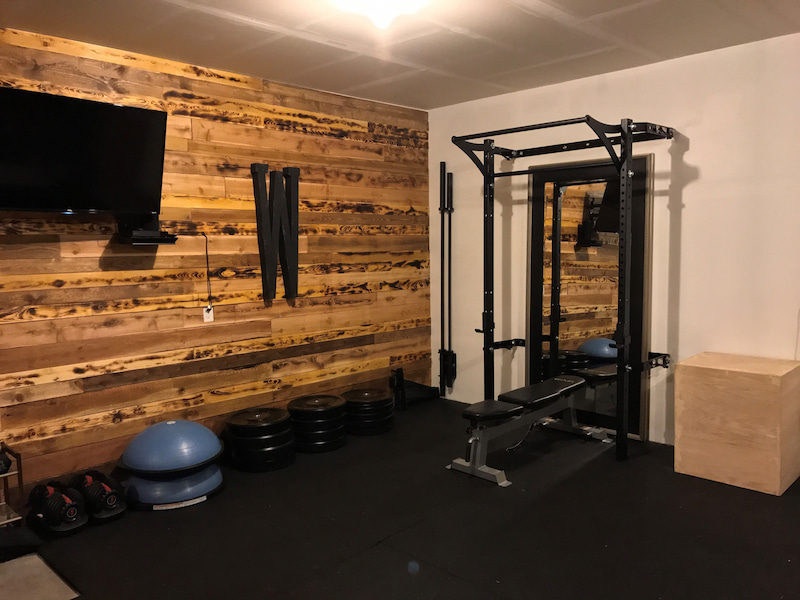
Your main goal should be to incorporate both strength training and aerobic exercise. When it comes to strength training, think of home gym equipment like weights, barbells, dumbbells and kettlebells. Pumping increases muscle but aerobic exercise pumps your cardiovascular system. Think of jump rope, Plyo box and indoor cycler or treadmill.
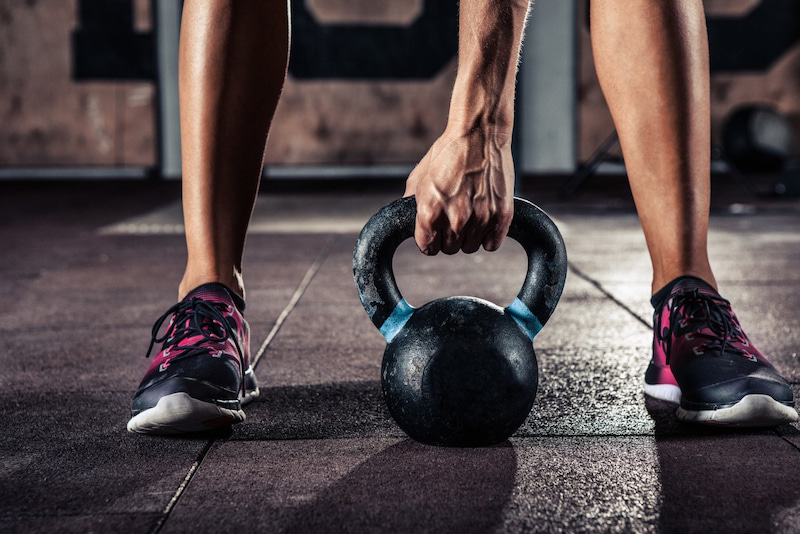
Ask a professional athlete. There are many ways how to build muscle with a barbell. If you are a fan of the deadlift and have experienced its benefits, getting a home barbell will put you in the ranks of many athletes and recreational lifters that use it to enhance power and strength.
The exercise is a multi-joint movement that activates several large muscle groups. Research has shown that, compared to other free weight exercises, the deadlift involves the lifting of heavier loads. The ability to lift heavier loads elicits a larger stimulus to adapt, making it ideal for enhancing muscular strength, which contributes to power. The movement requires grasping a barbell while in a squatting position and then elevating the barbell by extending the hips, knees, and ankles. When the hips are fully extended the concentric portion of the movement has ended. The barbell travelling downward until it reaches the floor or starting position completes the eccentric portion of the deadlift.
The movement begins with the barbell starting at the midleg level and should remain close to the leg, thighs, and hips as the barbell elevates. It is vital that the barbell remain close to the lower extremities throughout the lift to reduce the moment arm of the barbell at the individual joints, decreasing the resistance of the external load.
When it comes to often should you use barbells, even though it depends on the results you’re trying to achieve, training a minimum of two days per week is needed to maximize muscle growth. In addition to the classical deadlift, other exercises you can do with Back Squats, Stiff-Legged Deadlift, Forward Lunge, Standing Calf Raise, Bench Press, Bent-Arm Barbell Pull-over, Bent-Over Row, Military Press.
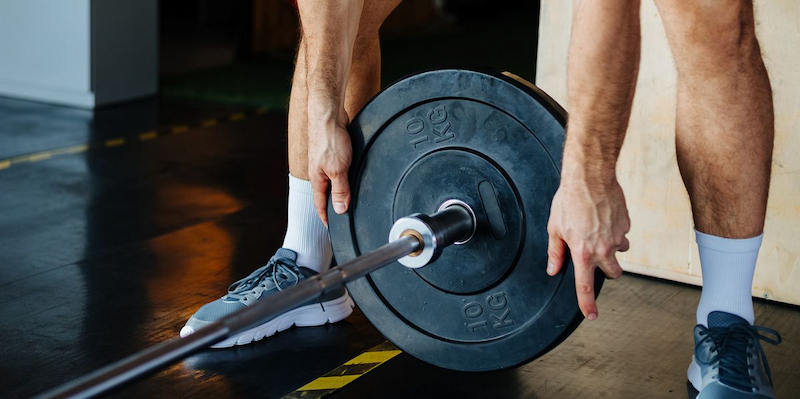
You need to cause fatigue in the muscles as it needs to be present in order to stimulate protein synthesis. It doesn’t need to be maximal fatigue to the point of concentric or technical breakdown. Once the body has sent the signal to stimulate synthesis, it needs to be fed. Hardcore eating needs to go alongside hardcore training if you want to increase muscle mass.
If you’re wondering are barbells important, turn to strength and conditioning professionals, who typically include the deadlift in their programs to strengthen the legs, hips, back, and torso musculature. Variations of the deadlift are also often performed to alter the movement patterns and muscular requirements of the exercise.
One popular variation is the hexagonal-barbell deadlift. The hexagonal design of the barbell is theorized to shift the stress from the lower back, hips, and hamstrings to the quadriceps femoris. Theoretically, this would be a more advantageous position and reduce external forces and injuries to the lumbar spine. However, little research exists on performing deadlifts with a hexagonal barbel.
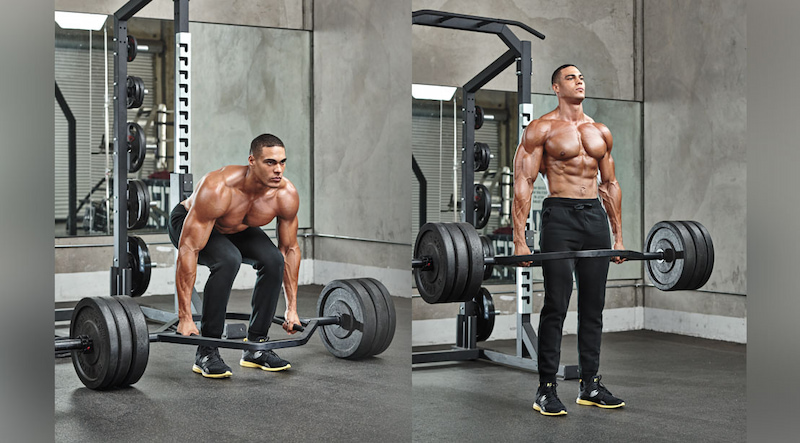
Combining your home barbell with a squat rack can allow you another possibility to pump up lol by doing squatting. Squatting is a common training exercise to develop the musculature of the legs and hips. Historically, it’s been used for rehabilitation exercise and strength training.
The most commonly implemented exercise in strength and conditioning programs by many strength coaches is the traditional back squat (TRAD). Using a straight barbell, TRAD is performed to improve an athlete’s strength, power and speed. A popular variation is to use a safety squat bar (SSB). The SSB is a barbell with a camber on each end and handles which point and project forward, shifting the centre of your weight slightly anterior. Coaches and athletes choose this bar as a way to put less stress on upper-body joints. Others use the bar to target the quads or develop back strength as some athletes feel the SSB requires more activation from the thoracic extensors to maintain an upright posture.
It’s natural to wonder are barbells safe as there are a few visits to the emergency room due to weightlifting. Approximately two-thirds of the injuries associated with weightlifting involved strains/sprains, contusions/abrasions, or lacerations. However, there are also many fractures and a small number of other potentially severe injuries such as crushing, amputations, concussions and internal organ injuries.
Traditionally, weightlifting meant lifting barbells loaded with weights, and safety depended primarily on the prudence of the users to avoid strain as well as to avoid dropping the weights. One widely recommended safety practice is to have a second person act as a spotter. A spotter can help the person who is weightlifting if the lifter is having trouble supporting or safely lowering a weigh
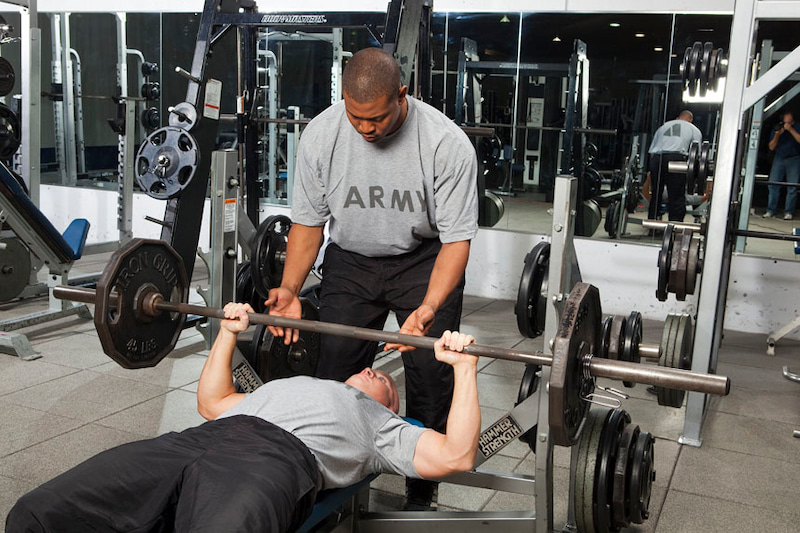
Also, crossbars can be set at the desired height to act as stops, so that a lowered barbell rests on the crossbars. Nowadays, most fitness clubs and gyms, as well as many home exercise areas, include various kinds of weightlifting machines in which the weights are used in connection with a structure, often by means of cables. With such apparatus, there are possibilities for additional safety engineering.
One approach that has been taken by several manufacturers is the provision of adjustable stops. In principle, adjustable stops could help prevent a wide variety of injuries that result from dropping the weight-bearing bar or straining to lift it from or lower it to a position near the floor, or from situations in which a weightlifter faints or collapses. In practice, however, the safety benefit depends on having people use the stops properly; if they are set too low, or not used at all, they cannot prevent injuries.
Currently, available weightlifting machines equipped with adjustable stops are accompanied by instructions, both in manuals and on labels. Even so, instructions or warnings alone cannot ensure the proper usage of safety equipment.
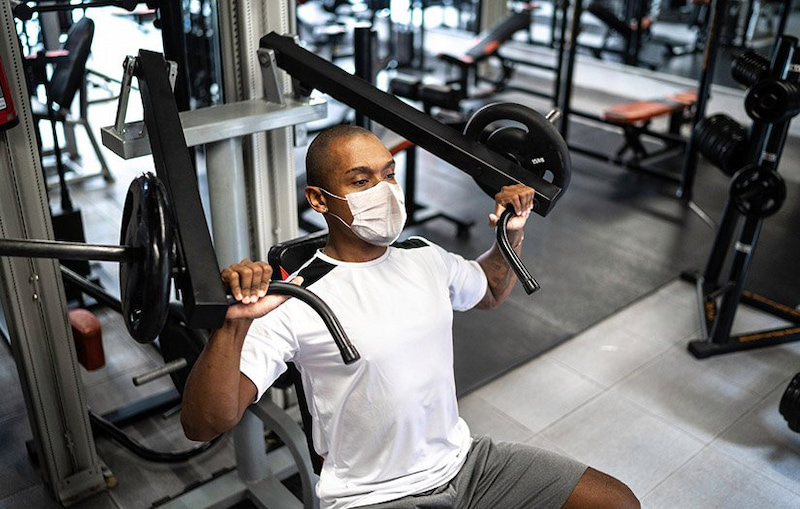
In the past decade, kettlebell training became a viable option for strength training and conditioning, gaining global popularity. Kettlebells are an ideal tool for ballistic full-body exercises using high muscle forces, thus, potentially useful for improving muscular strength and cardiorespiratory fitness.
Studies have examined the cardiovascular and metabolic effects of a kettlebell workout. Although specifics of the workout routines, like kettlebell weight, exercises, sets, repetitions, duration and rest have varied, most results indicate that the intensity is sufficient to improve cardiorespiratory fitness. In fact, a study performing 12 minutes of continuous kettlebell swings provided a metabolic challenge of 87% of maximal heart rate (HRmax) and 65% of maximal oxygen consumption, sufficient to increase aerobic capacity and achieve gains greater than that seen with traditional circuit weight training.
In spite of being the same weight, a 50 kg kettle ball doesn’t feel the same as a 50kg barbell with weights. The kettlebell’s shape means prerequisites a different path to get overhead, hence, the body has to overcome much more than just the physical weight of the bell. The body recognizes effort not load, meaning that the body will respond as long as the tool being lifted is difficult.
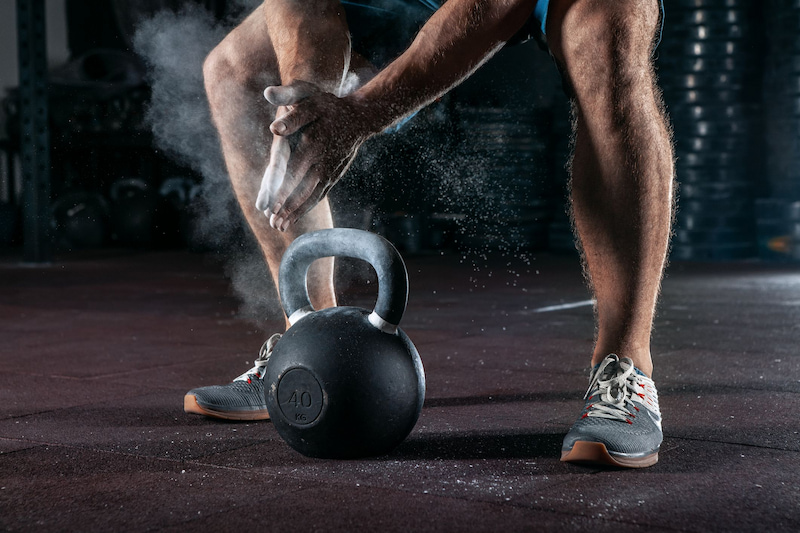
Is it worth buying home gym equipment depends on how much you make use of it. Hence, you must invest in something you’ll use. Unfortunately, we’ve all seen machines in homes that end up as expensive coat hangers. Although there are some essentials that need to be covered in order for you to get a complete body workout, there’s no point in getting an indoor bicycle if you’re not passionate about cycling or all the different types of bells if you’re into high-intensity interval training.
Time-saving and privacy are the main benefits of a home gym so if you’re one to appreciate personal space and don’t want any additional presence when you break a sweat, an at-home gym will.
Also, before buying home gym equipment, compare costs with the fee for joining a gym. Gym-lovers in South Australia and Queensland pay the least on gym memberships at $57, while New South Wales residents spend the most at $69 per month. This translates to $684 per year or $2,052 over three years, not including the cost of travel, gym wear and additional services like locker rental. Even if your budget allows you to, don’t cover every square centimetre of the space you designate for a gym with equipment. Keep the space open and flexible because you’ll want to try out different exercises and home gym equipment as you get fitter.